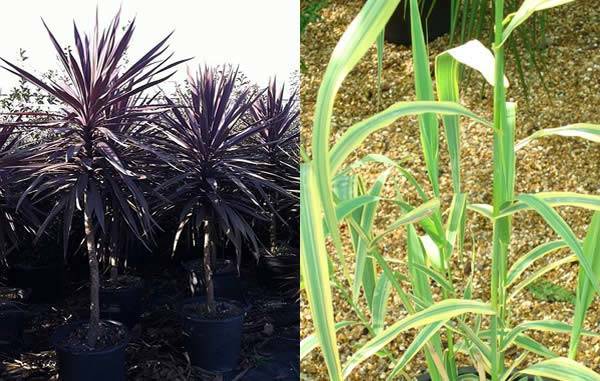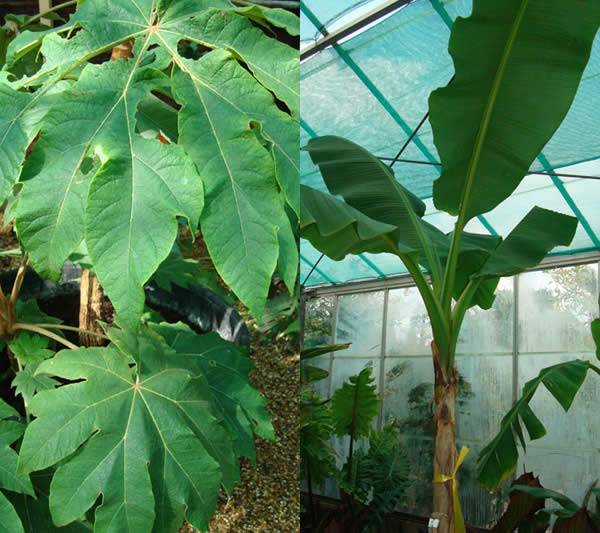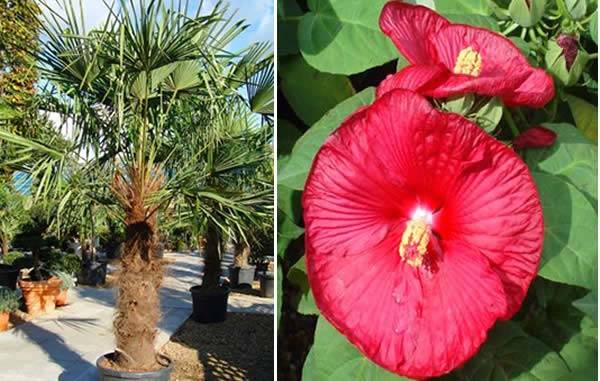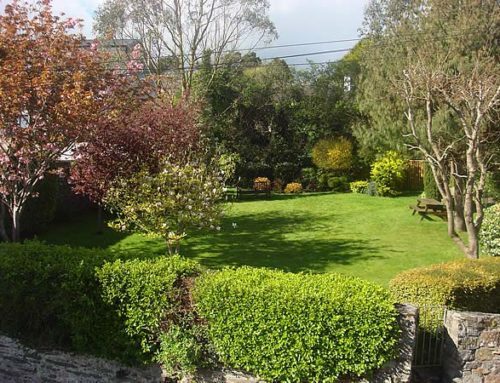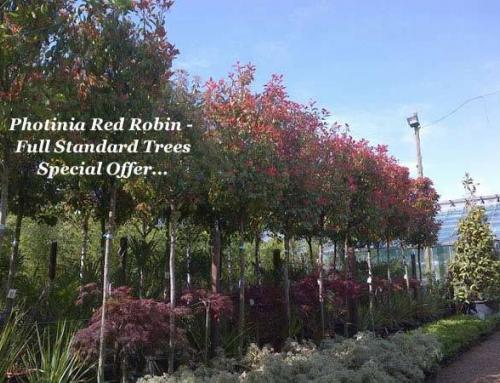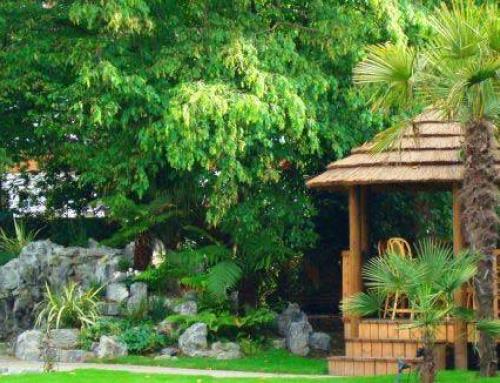The warmer temperature, especially at night, in large towns and cities opens up a huge range of exciting plants that could not be risked in more rural areas. These are plants that would more normally be seen in the mild western gardens of say Cornwall or the Gulf Stream. For purposes of economies I shall concentrate on just some of the more sculptural plants that fall into this category:-
It is not always realised that colour can be introduced with foliage particularly valuable when it is evergreen. The common green Cordyline Australis is a nice enough plant but the purple-leaved variety Cordyline Australis Purpurea is a much more desirable, yet tenderer plant. Slower growing than the green form, it can be pot grown for a number of years making a useful patio plant.
The variegated reed Arundo Donax ‘Variegata’ is a striking plant with canes to about 2m height with boldly striped green and white leaves. It is best cut down to ground level in early Spring as the canes become leggy. This encourages new shoots, making a much more attractive specimen. Both this and Cordyline Australis require a nice, warmer position in the garden.
Preferring dappled shade the Rice Paper Plant ‘Tetrapanax Papyrifera’ will grow in less sheltered gardens, but performs best in warmer ones retaining its growing point. The huge downy star shaped leaves are over 2ft across creating a very jungly effect. The variety Tetrapanax Papyrifera Rex has even larger, more deeply incised foliage.
Nothing is more imposing foliage-wise than the banana. The hardiest is the Japanese Musa Basjoo. Less known is Musa Sikkimensis, which is slightly more tender. It is preferable to Musa Basjoo in that the leaves are of a thicker texture making them less prone to wind damage and have attractive maroonish banding. It is probably advisable to wrap the trunk with straw or hessian even in town gardens in bad winters.
Most people are familiar with the Chusan Palm or common fan palm Trachycarpus Fortunei, the hardiest of all the palms. A similar looking palm, but with larger less divided leaves and a more tropical appearance, is Livistona Chinensis. Slower growing, it will not develop a tall trunk. Livistona Chinensis will tolerate down to -5c and so should do well in large town and city gardens.
One of the most exotic looking flowers must be the tropical Hibiscus. Surprisingly, the one with the largest flowers of all is the near hardy Hibiscus Moscheutos with blooms reaching an amazing 8ft across. They come in white, pink and a wonderful scarlet variety called Southern Belle.
This plant requires the warmest sunniest spot in the garden, ideally a south facing wall and should be heavily mulched in winter. It will die down completely in winter and re-appear quite late around September.
Just a few plant suggestions for exploiting the heat island effect.

